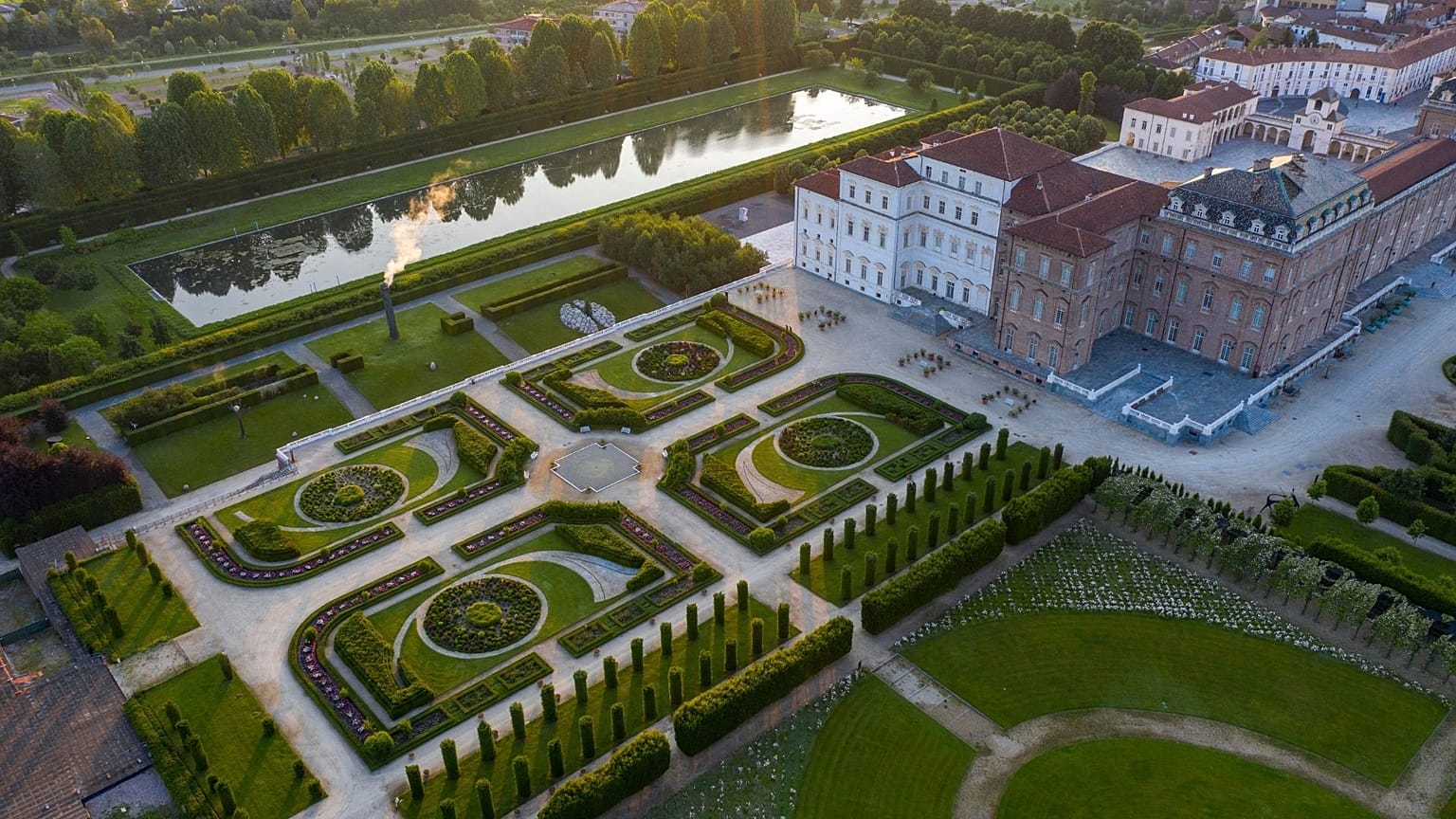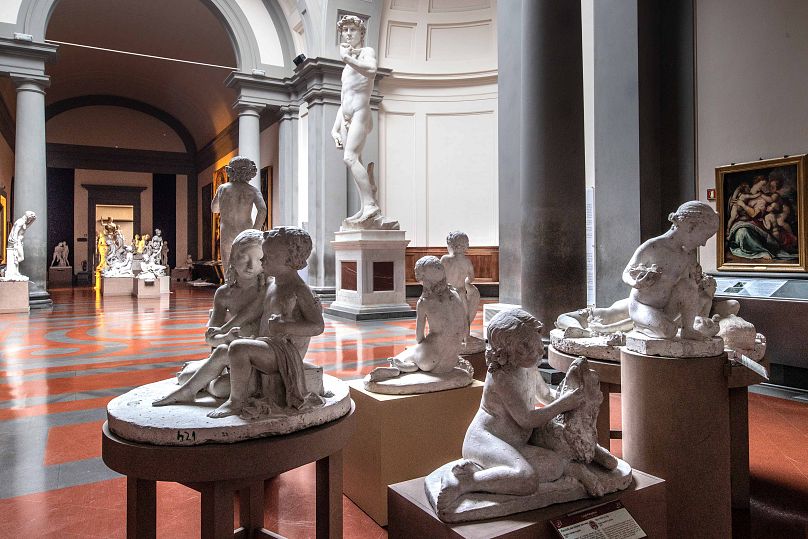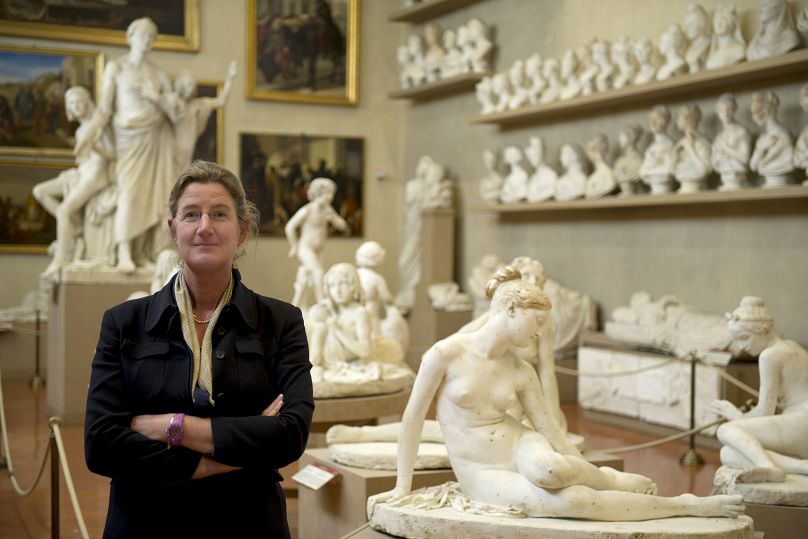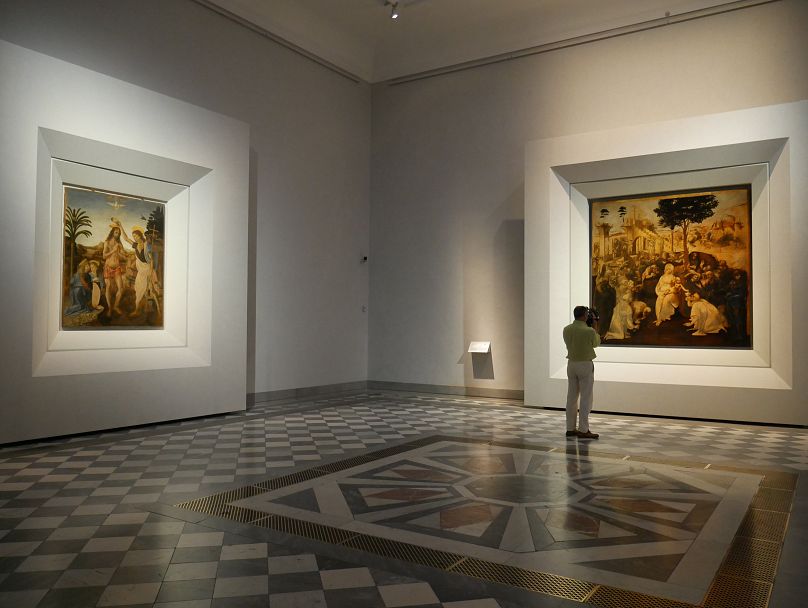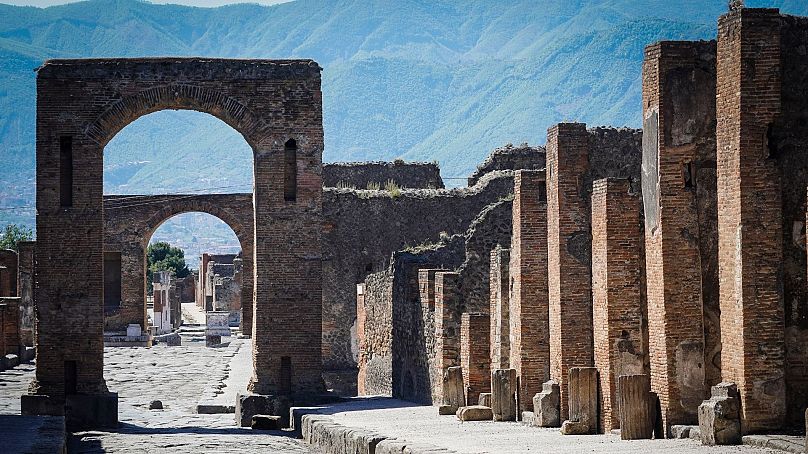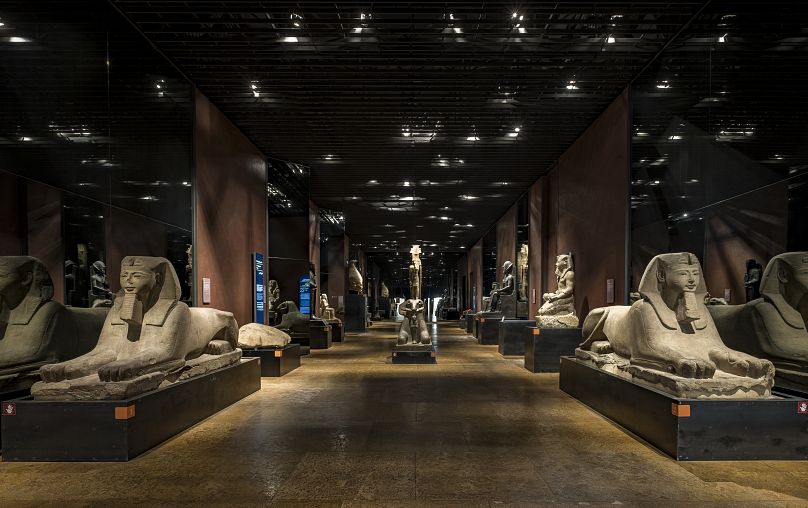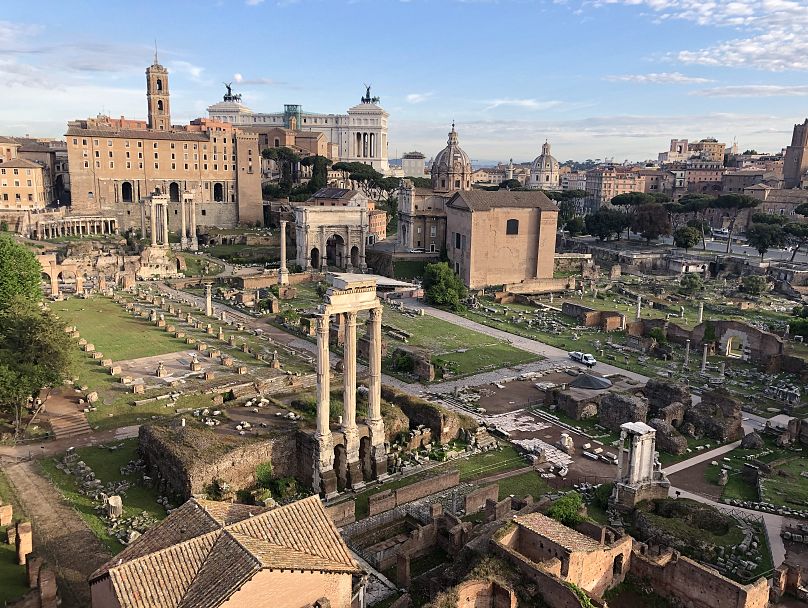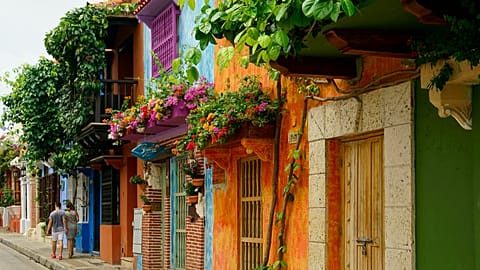“After the closures there is a desire for beauty, for culture, for a return to normal life.”
"What blessed mornings I spent at the Colosseum, lost in some corner of those immense ruins!"
This is how the French writer Stendhal recounted his experience as a visitor to the most famous Italian monuments in his book ‘Walks in Rome’, published in 1829.
It's an experience that visitors can now relive, with Italian museums reopening at the end of April after the COVID-related closures.
But how have these great cultural sites been able to reopen safely?
Follow the path
Many museums currently have a one-way route in place for all visitors to follow. During closures, several museums also reorganised their collections, while others made improvements to their structures. As a result, visitors are now entering very different museums, with new and renewed spaces.
The Galleria dell’Accademia in Florence, that houses the famous David by Michelangelo, reopened with numerous innovations surrounding the display of its collections.
“Now it is a new museum, all to be discovered,” says director Cecilie Hollberg, with great enthusiasm, “we now have a temporary display, which allows you to learn more about the museum's collections. The first visitors who saw the new exhibition of the artworks were thrilled.”
“After the closures there is a desire for beauty, for culture, for a return to normal life.”
Also in Florence, the Uffizi unveiled interior renovations. Now visitors can explore 14 new rooms that display artworks never seen by the public.
"We at the Uffizi staff have carefully prepared this reopening that we can well define triumphal, and which will surprise the public with a series of masterpieces never seen before and others well known, but exhibited in order to rediscover them in their deepest meaning,” says Eike Schmidt, the director of the Uffizi, at the reopening.
The Reggia di Venaria, a Unesco heritage site, had a good response from the public as well.
“In the first month since the last reopening of 27 April 2021, the complex reached over 15,200 visitors, reaching peaks of 3,400 visitors over the weekend,” says Guido Curto, Director of the Consortium of the Royal Savoy Residences.
An app will guide you
Your visit is guaranteed to be safe due to the technology on offer. Many museums are equipped with apps that provide not only maps and insights, but also information on how many visitors are currently on the route.
One example is the MyPompeii app, which allows you to know in real time how many people are in each part of the venue, to keep safe distances. You will also find information about all the support structures (medical service, toilets and refreshment points) there too.
Enjoy new exhibits
Many Italian museums have reopened with brand new exhibitions.
At the Egyptian Museum of Turin, for example, there is a new project is called ‘In the scholar's laboratory’. This is a cycle of exhibitions bringing the visitor closer to the scientific activity that takes place every day on the objects displayed in each room and kept in the warehouses of the museum.
“Reopening to the public meant being able to give back to the community a place and a heritage that belongs to everyone: a museum is not a suspended place, detached from the social context, it is instead an integral part,” explains Christian Greco, director of the museum.
“This last year must drive us to review the role of museums. Priority must be given to research, to the enhancement of the material heritage they hold and to guarantee the widest access by citizens, also through the digitisation of the collections.”
Keep your mask on
Face masks are mandatory, also outdoors. In some museums, you will need to book your visit online or by phone - in others, pre-booking is strongly encouraged.
In the major museums, which exceed one million visitors every year, you will be required to book your visit at least 24 hours in advance on the weekend. The advice is to have a look at the website or at the social media of the museum you want to visit, to be informed about the latest news.
Health authorities monitor the epidemiological situation and rules can change.
Know the rules
Many museums check visitors' temperatures. Other measures for a safe visit are limited admissions and hand gel dispensers in the rooms.
The Vatican museums in Rome have a page on their website with all the information.















